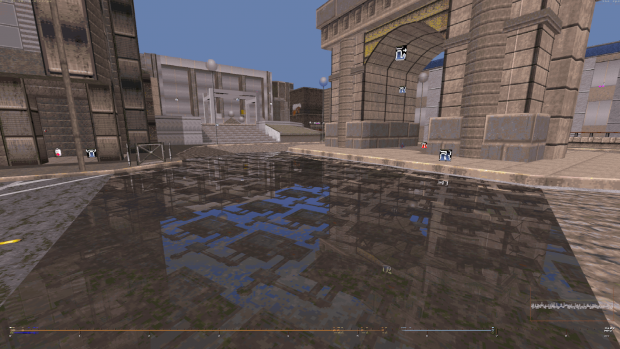Brahma is a 3D game engine with a rather retrofuturistic design, intended for small studios and solo developers. It's being written from scratch in C++ using standard Windows API and no third-party libraries. This technology introduces an entirely new class of low-latency real-time engines that make special timing requirements, treating frames as video fields with a target time budget of 2-4 ms each, down from 16-33 ms frame budgets normally seen in game engines. It evolves in a different way than other modern engines, rejecting conventional BSP, Z-buffer, floating-point coordinates, and most of the lame screen-space effects in favor of innovative and efficient techniques. The engine is non-Euclidean capable to some degree; also it supports true displacement mapping for sectors as a means to virtualize geometry that affects collisions. The engine is also carefully designed to be easy and convenient to develop for, yet versatile and adaptive to any needs.
Brahma gets a full support for specular mapping, including its physically based reflections. Just done some tests of the feature. This is basically a multiply blend mode texture that is rendered beneath the additive mode diffuse map. The multitexturing pipeline should be further tweaked to accomodate a correct Fresnel falloff for the diffuse texture in such cases, as it appears darker when close to horizon due to a larger proportion of reflected light, even though the specular map is absorbing some of the reflection. This is usually not the case for real surfaces.






